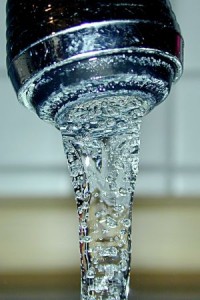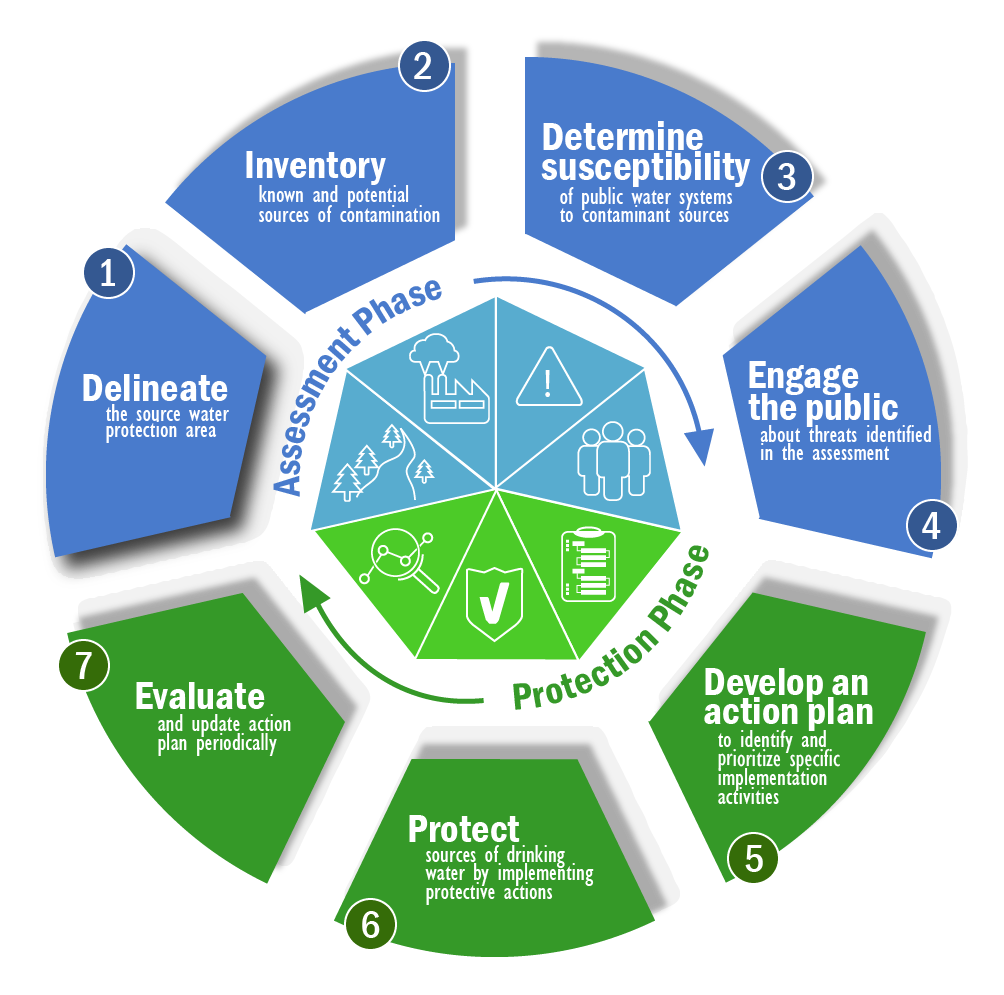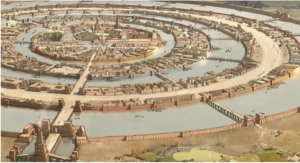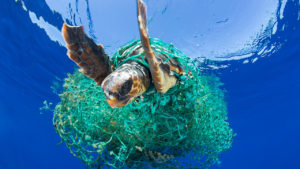Clean Water Shortages and Inequality
Why is clean water rare? Billions of people still lack easy access to clean drinking water or sanitation, preventing many from thriving (6, 1). This lack of access to water comes at a very real cost: 3.4 million lives every year (1).
In order for water to be clean, it must be sanitized and fresh. This makes clean water scarce. Additionally, water is expensive to produce and transport due to the scarcity and infrastructure required. Only 3% of the world’s water supply is freshwater, and the majority of that freshwater is used in agricultural endeavors which are wildly inefficient (3). Freshwater can also be contaminated by industrial pollutants. Freshwater scarcity brings dire consequences, such as decreased food production and exacerbation of income inequality (5). At its core, in much of the developing world, clean water is a sanitation issue. Water is vital for human health, and those who can’t wash their hands are more susceptible to disease (4). The effects of the COVID-19 pandemic were more pronounced in places with reduced clean water due to their reduced sanitation (4, 6).

Clean water has a particular impact on chronically vulnerable and poor populations. However, clean water cannot be dismissed as an issue that only affects the poor. Since water usage will increase by 3800 km3/yr by 2025, two-thirds of the world’s population may experience water shortages in the same time frame (5, 3). The extraction of water from underground water stores, known as aquifers, at rates higher than those of replenishment—known as overdrafting—will lead to severe shortages. Many countries such as India and China frequently overdraft their aquifers (5). A growing and developing world that uses more water than ever will require water to be accessible and cheap.
Solving this issue will depend on efficient cleaning, distribution, and usage of water rather than solely monetary investment (1). There is a surplus of water in many wealthy areas of the world, but the resulting overuse could be combated by wasting less water, thus saving water for times of crisis. For example, California residents are using 35% more water than necessary (1). On the other hand, Luxembourg, a European country, has used water-efficient policy to become water efficient even as a developed nation (7).

The EPA has devised guidelines for ensuring that clean water will be protected and monitored, and the use of these guidelines worldwide could significantly reduce the amount of water resources that remain unused (2). The United Nations, too, is striving towards a water-conscious future. After analyzing that water resources are falling short and the world population is growing, UN decision-makers have decided to include clean water in the well-known sustainable development goals (4). In addition inefficient agriculture water practices could be combated with systems that more directly water plants requiring less total water and causing less toxic runoff (3).
Bibliography:
- Water: Facts, trends, threats, and solutions. Pacific Institute. (2021, January 21). Retrieved October 4, 2021, from https://pacinst.org/publication/facts-on-the-worlds-water/.
- Environmental Protection Agency. (n.d.). Assess, Plan, and Protect Source Water. EPA. Retrieved October 4, 2021, from https://www.epa.gov/sourcewaterprotection/assess-plan-and-protect-source-water.
- World Wildlife Fund. (n.d.). Water scarcity. WWF. Retrieved October 4, 2021, from https://www.worldwildlife.org/threats/water-scarcity.
- United Nations. (n.d.). Water and sanitation – united nations sustainable development. United Nations. Retrieved October 4, 2021, from https://www.un.org/sustainabledevelopment/water-and-sanitation/.
- Jury, W. A., & Vaux, H. (2005, November 1). The role of science in solving the world’s emerging water problems. PNAS. Retrieved October 4, 2021, from https://www.pnas.org/content/102/44/15715.
- OHCHR and the rights to water and sanitation. OHCHR. (n.d.). Retrieved October 4, 2021, from https://www.ohchr.org/en/issues/escr/pages/water.aspx#:~:text=Access%20to%20safe%2C%20affordable%20and,services%20are%20basic%20human%20rights.&text=International%20human%20rights%20law%20obliges,prioritizing%20those%20most%20in%20need.
- Fresh Water Resources in Luxembourg. Climatechangepost.com. (n.d.). Retrieved October 17, 2021, from https://www.climatechangepost.com/luxemburg/fresh-water-resources/.
Images:
- Andrew. (2013, May 16). Four more threats to our water supply. Off The Grid News. Retrieved October 4, 2021, from https://www.offthegridnews.com/food/four-more-threats-to-our-water-supply/.
- Environmental Protection Agency. (n.d.). Assess, Plan, and Protect Source Water. EPA. Retrieved October 4, 2021, from https://www.epa.gov/sourcewaterprotection/assess-plan-and-protect-source-water.







Comments are closed.